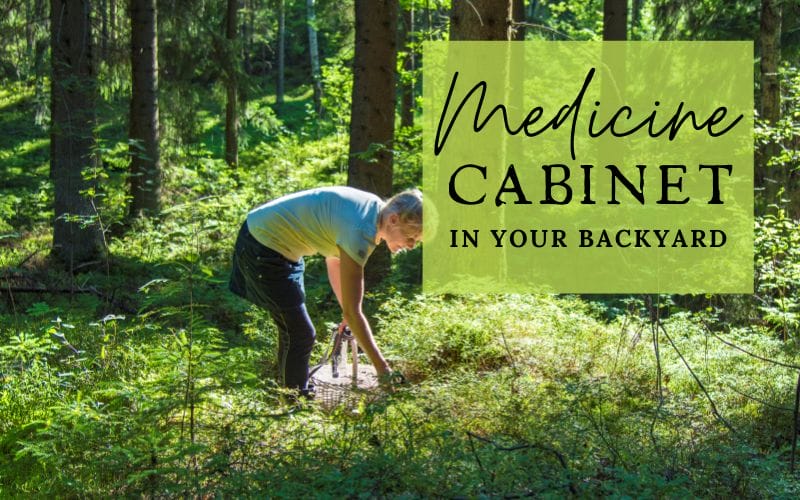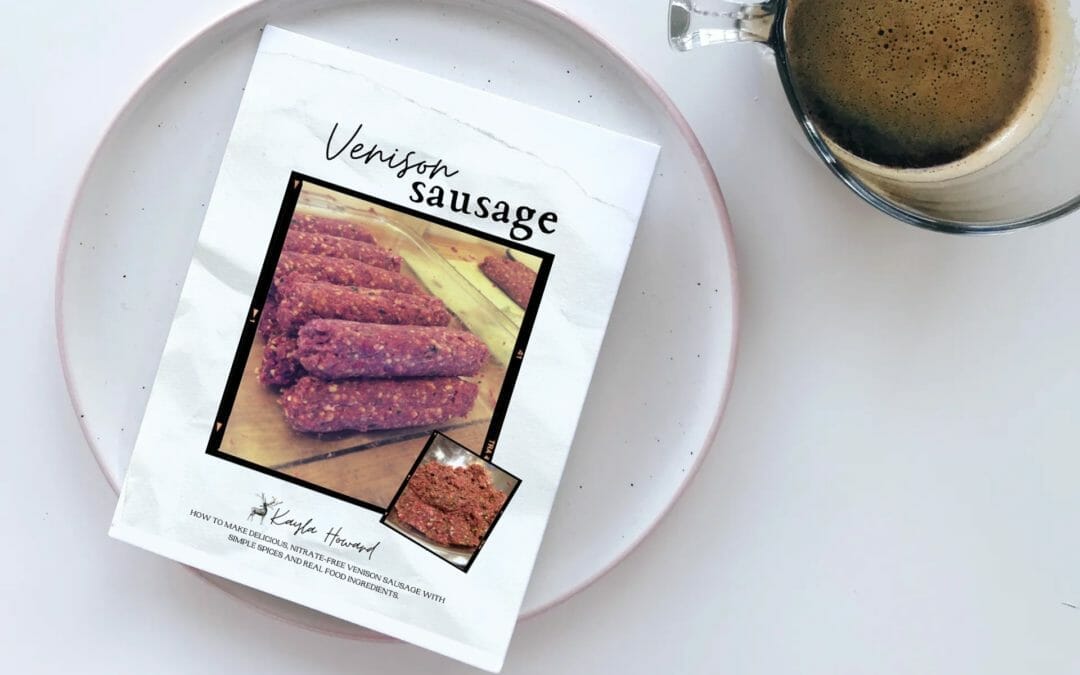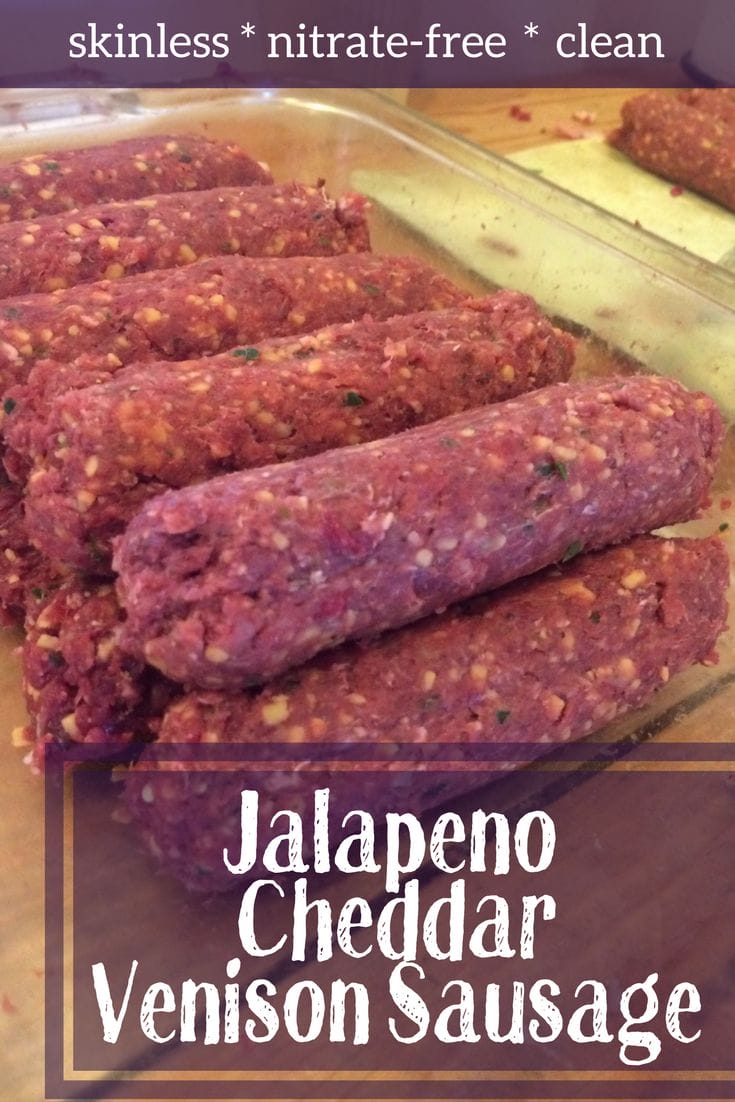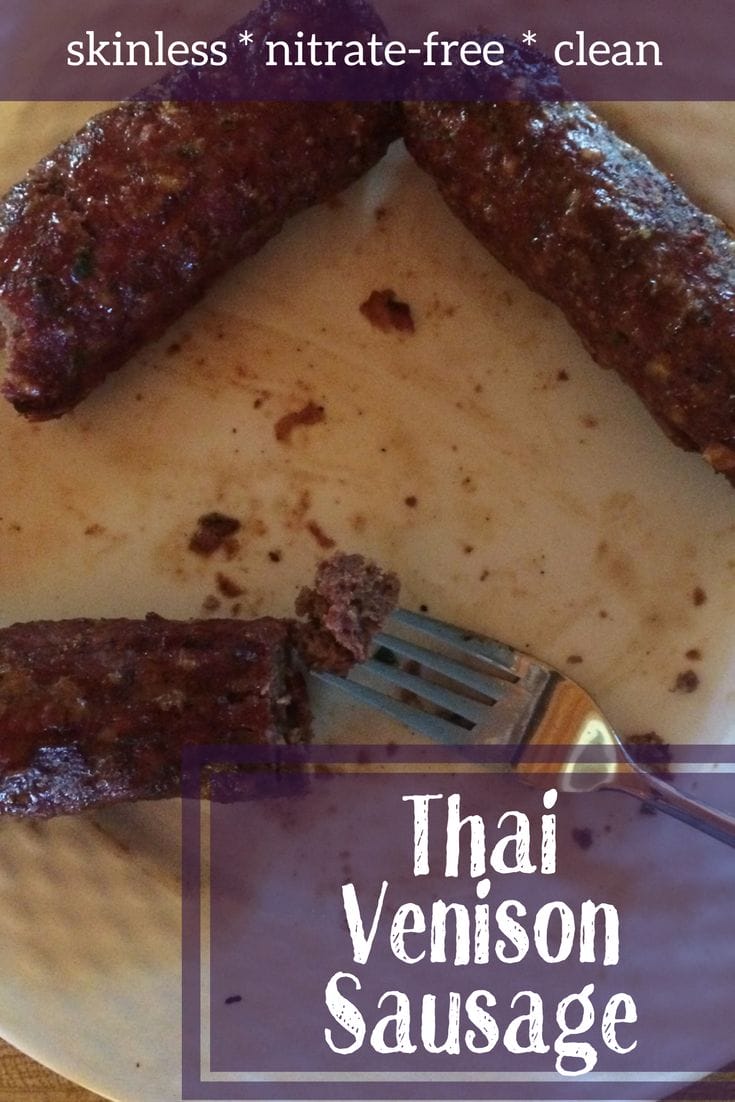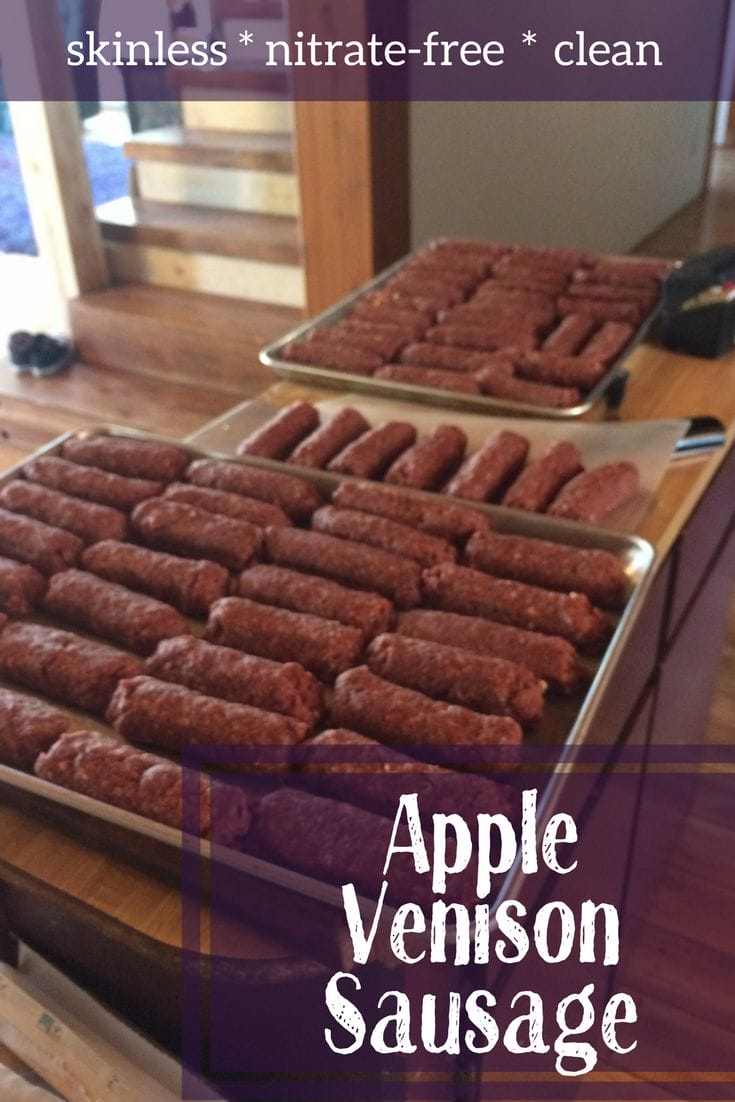Essential oils are not cheap to make. In fact, pure essential oils are expensive, labor intensive, and require an insane amount of plant material to create. They are pricey, as any pure product, carefully grown and extracted should be. In order to make essential oils less costly, some companies will “extend” essential oils. That means, they will stretch them by diluting them in some way.
Essential oils blends are often blended with a fatty oil base, and if it is sold as such, that is NOT adulteration. Some oils, however, are sold as “pure” essential oil, when they actually have been extended in some way, and then sold so that the company has a bigger profit margin. Here are some basic ways that essential oils may be “extended” and how you can identify if it is pure if it is what the label says it is, or if it is contaminated.
Extended with Fatty Oil
As stated before, essential oil blends are often blended with fatty oils such as almond oil, coconut oil, or jojoba oil. In the case of essential oils being clearly marked as a blend, and if the fatty oil is listed in the ingredients, this is NOT an adulteration! This is a great way to use essential oils.
If however, your oil is labeled and sold as 100% pure essential oil and DOES NOT include the fatty oil in the ingredients, but you believe it has fatty oil in it, you have an impostor! You can tell if an oil has been extended with fatty oil by the greasy feel on your skin. A pure essential oil will not leave a greasy feel on your skin after a few moments. Frequently, you may also tell if an EO has been extended with a fatty oil simply by the rancid smell of old oils. Most of us are familiar with the smell of rancid fatty oils. YUCK!
Another test is to place your essential oils on paper. Most pure EO will not leave an oily mark when dried, however, some pure essential oils will leave a mark, especially expressed oils (citrus) or absolutes.
Extended with Alcohol
Another common way to extend an essential oil, and therein make it cheaper, is by adding alcohol to the EO. Ethyl Alcohol is a common substance added to EO to extend them. It’s very hard to detect this by smell, but it is possible. You’ll need to become familiar with the scent of ethyl alcohol in order to identify this adulteration, (which is in my opinion, a true adulteration).
Extended with Another Similar Oil or Surfactants & Emulsifiers
Finally, EO may be extended by adding a similar-smelling EO which may be cheaper to produce than a more expensive oil. For example, true lavender may be extended with lavandin, or Rose EO could be extended with geranium, (although most often, Rose oil is simply purely synthetic). This is the hardest form of adulteration to detect, and can only be really guarded against by knowing your supplier.
Surfactants & Emulsifiers may be added to EO to extend them as well. A simple way to test your essential oil for this adulteration is by placing a drop in water. Pure essential oils will float on the top. Emulsified mixtures will dissolve in water and produce milk or opaque solutions.
There you have it–lots of tools to test your essential oils! Obviously, essential oils can be contaminated or adulterated in other ways, these are simply the most common and easy to identify!
